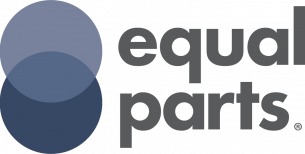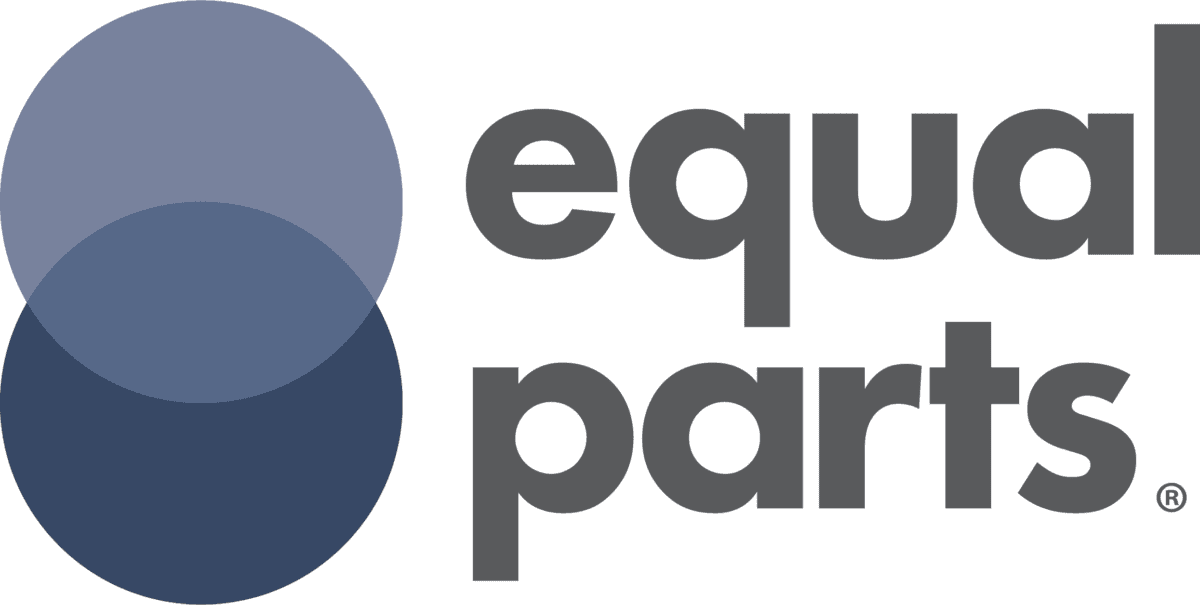When a person’s values, beliefs, thoughts, actions, and commitments are all in alignment, that person is fully empowered to engage with the world. Such integration means someone is able to act in congruence with their values and strive for their goals without leaving behind any part of their unique ability to contribute.
Even the healthiest, most well-adjusted individual faces challenges along this path. There is not always a smooth, linear progression toward better functioning. Likewise, when you want to turn a group of people into a cohesive and effective organization, both the number and scope of the challenges will increase.
Still, it is possible for an organization to operate in a concerted, frictionless way, just like the individual.
The framework that fosters this congruence is called organizational development.
Organizational development focuses on the underlying drivers of an organization’s capabilities:
- Starting from end goals, it clarifies strategies to reach those goals and clears the way to implementation
- In the course of implementation, it defines and initiates the right structures, processes, and procedures
- It populates those structures with the right talents and energizes those talents with improvement plans
- It ethically and efficiently deploys levers of human motivation by using the right metrics and rewards
Understanding The Difference Between Organizational Development And Human Resources
Organizational development is strongly related to the Human Resources function and what is coming to be known as human capital management. However, organizational development has a broader scope and must harness a wider range of cross-functional and interdisciplinary insights to meet its potential.
Where HR serves as the internal thought leader on people practices, organizational development must zoom out to generate a broad institutional understanding of the interrelated factors that lead to excellence.
An organizational development framework allows leaders to see, for example, how the interplay between two different functions affects both of them and the enterprise as a whole. In this way, dysfunctions that may once have been waved away as “personality conflicts” can be resolved using the full suite of available tools.
Thus, HR professionals are often closely involved in organizational development efforts. They may be key players in implementing particular projects or co-sponsor large strategic initiatives. However, organizational development represents its own unique and specific paradigm for viewing a business holistically.
Organizational development also tends to be more generative compared to the risk management requirements inherent in modern HR. While HR is sometimes limited to proscriptive solutions, the development of manuals and evaluation of situations using checklists, organizational development often entails new research and data.
As a result, organizational development leaders must have a number of specific skills:
- They must be grounded in project and program management to deliver OD initiatives successfully
- They must act as a main point of contact for major stakeholders and decision-makers company-wide
- They must rationalize strategies and present results at a high level, including to the executive board
- They must be able to recognize the needs and interests of others and see the strategic “big picture”
- They must be prepared to coordinate complex change initiatives and navigate them to completion
In doing all this, John Dunne’s observation that “no man is an island” certainly comes into play.
No matter whether your organizational development function is found within HR, is situated elsewhere, or stands on its own, it will be intimately involved with every element of the business that makes change possible. Leveraging the insights of others and winning broad buy-in – without trying to please everyone – are both critical to that interplay. To maintain independence and clarity, outside OD consultants are often called upon.
The Value Of Organizational Development: From Vision To Implementation
Adopting a rigorous, scientific approach to organizational development has a number of benefits:
- It lays the foundation for the organization to establish metrics and drive continuous improvement
- It breaks down silos and encourages conjoint activity across traditional boundaries for shared ends
- It helps mitigate the effects of low EQ management styles and pinpoint where growth is imperative
- It raises engagement, and thus curbs turnover, by orchestrating an overall unity of purpose
To reach these ends, organizational development interventions are designed and implemented. An intervention takes the form of a program – a long-lasting, structured approach to solving a problem and making it less likely to recur in the future. An intervention can operate within any of four main categories:
1. Human Processes
Human processes is a term for all that facilitates communication and teamwork among groups and individuals. This can include things like team building, job analysis, interpersonal and group process development, and a wide range of coaching interventions. Executive coaching often happens in tandem with initiatives affecting the executive’s leadership portfolio, enabling prompt real-world feedback to reinforce new habits.
2. Technostructural
This area includes all interventions related to technology and those in which technology is a guiding force. It can also encompass the restructuring of an organization as a whole. Major organizational inflection points like M&A and downsizing fall within this category. So does the permanent adoption of operational improvement frameworks like Six Sigma or Agile, which are intended to fundamentally transform the way work is done.
3. Strategy Development
Leadership teams often benefit from additional perspectives and research as they craft organizational strategy. It is not unusual for outside organizational development consultants to be brought in for strategy development interventions, allowing teams to access more impartial, and potentially more creative, solution design. Strategy development is essential to lasting positive culture change and leadership development.
4. Human Resource Management
OD and HR overlap in Human Resource management interventions. Organizational development can be used to streamline, re-engineer, and improve all aspects of the employee experience from recruitment to off-boarding. Employee engagement, performance management, and succession planning are some of the most common interventions in this category. Diversity & Inclusion and talent development programs can also begin this way.
To ensure the efficacy of its initiatives, organizational development is segmented into a five-step process:
- Entry: This represents initial exploration of the problem culminating in a project plan
- Diagnosis: Relevant business data is identified, collected (as needed), and analyzed
- Feedback: An action plan and success indicators are developed based on the data
- Solution: A structured change management plan is finalized and implemented
- Evaluation: New data is collected to ensure the solution is working as intended
Before the OD intervention is closed out for good, organizational development stakeholders produce a list of recommended actions for continuous improvement. Taken on board, these recommendations are intended to ensure that the desirable results emerging from the intervention can be maintained for the long term.
Is It Time To Consider Partnering With An Organizational Development Consultant?
A proven methodology means experienced organizational development leaders can greatly accelerate positive change in a client organization. This is especially helpful when sweeping, sustained change is needed in an area that is difficult to quantify or build processes around, such as company culture. Equal Parts meets businesses where they are to develop a truly effective, engaged, collaborative culture.
To find out more, contact us today.

